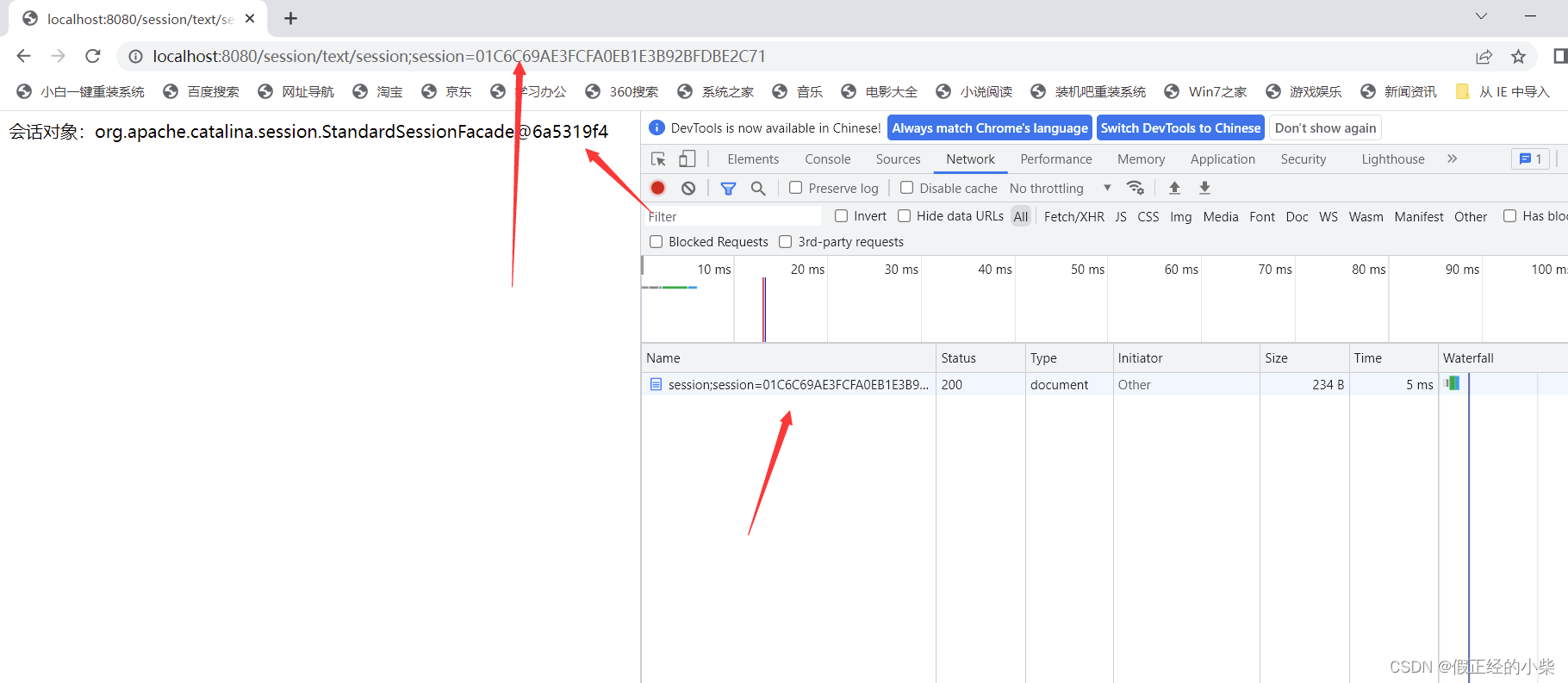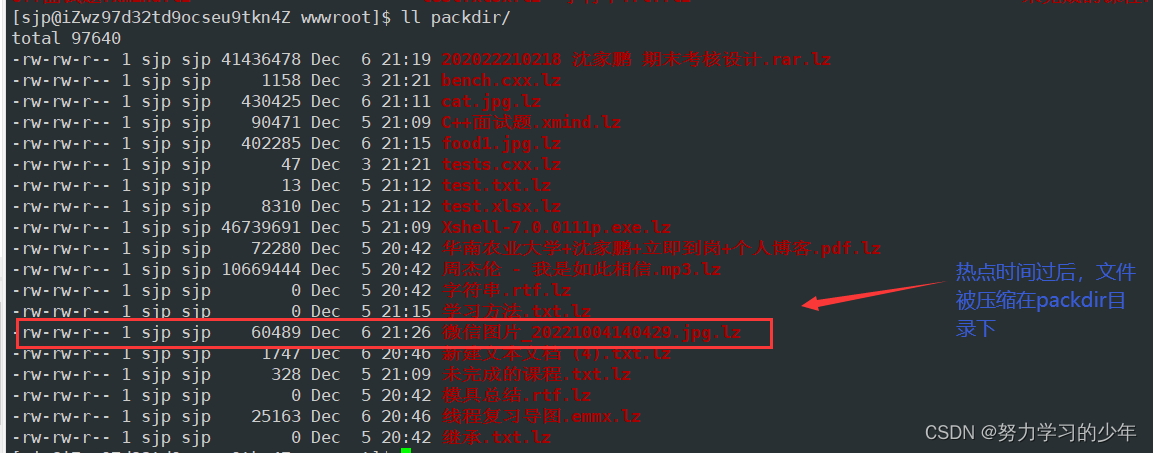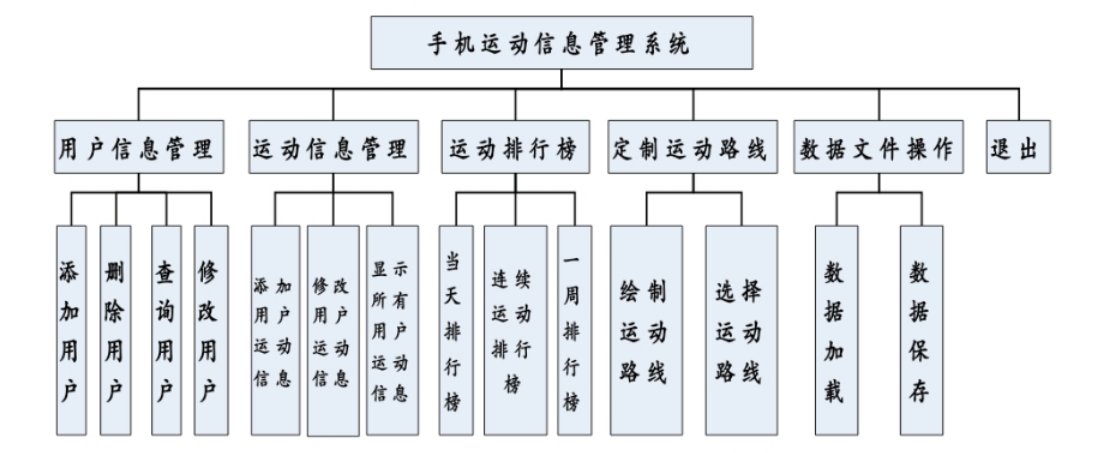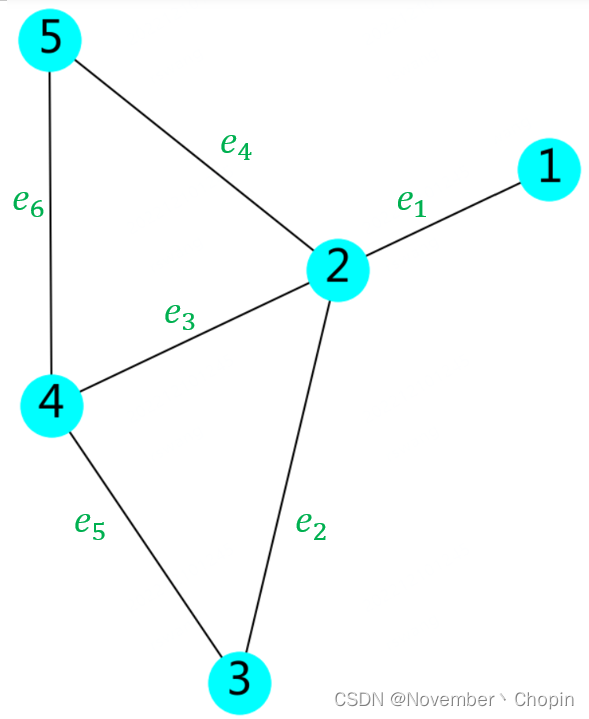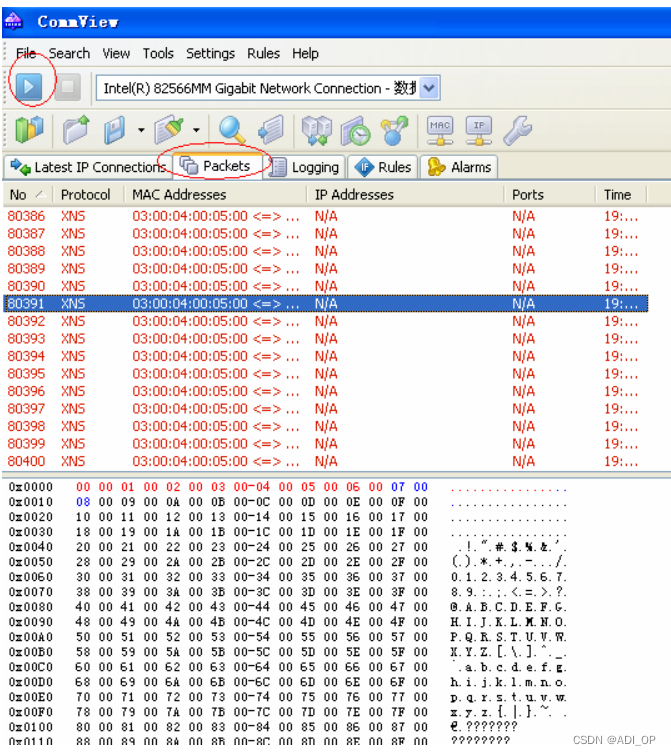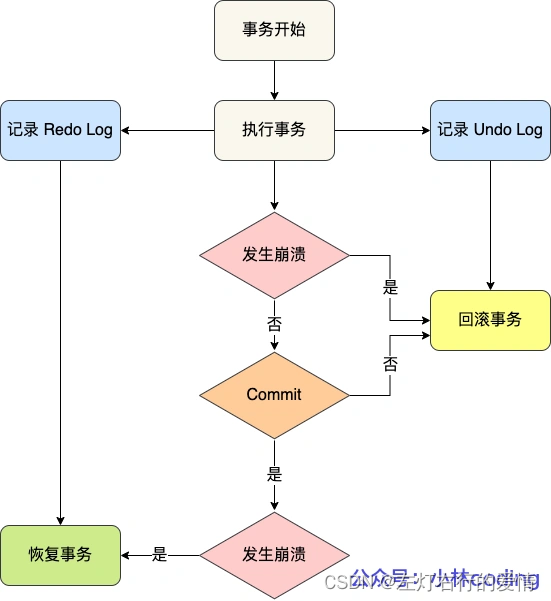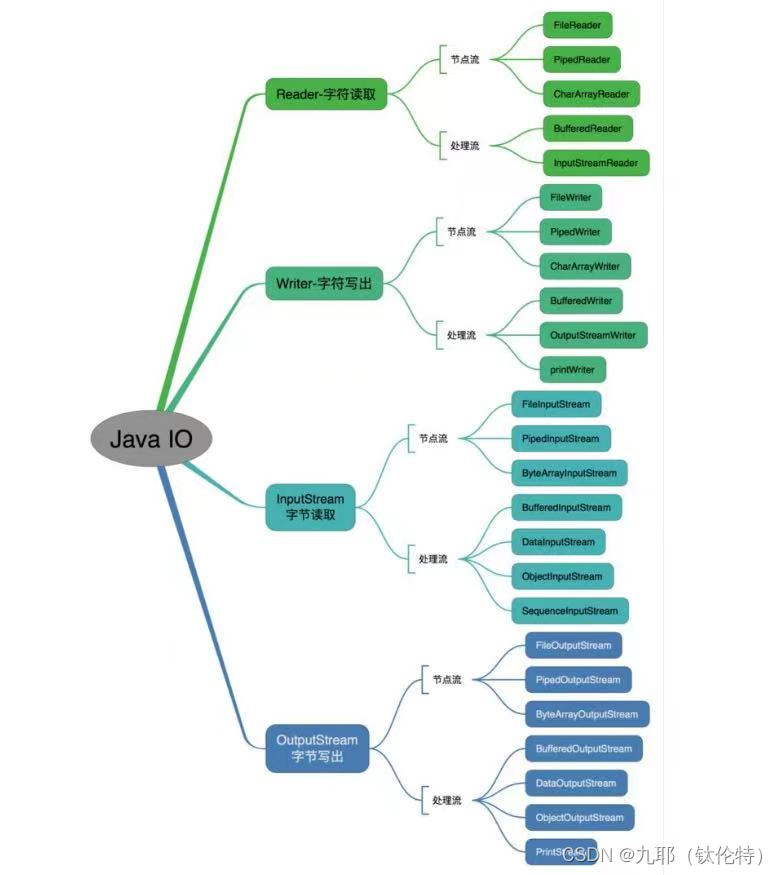文章很长,而且持续更新,建议收藏起来,慢慢读!疯狂创客圈总目录 博客园版 为您奉上珍贵的学习资源 :
免费赠送 :《尼恩Java面试宝典》 持续更新+ 史上最全 + 面试必备 2000页+ 面试必备 + 大厂必备 +涨薪必备
免费赠送 经典图书:《Java高并发核心编程(卷1)加强版》 面试必备 + 大厂必备 +涨薪必备 加尼恩免费领
免费赠送 经典图书:《Java高并发核心编程(卷2)加强版》 面试必备 + 大厂必备 +涨薪必备 加尼恩免费领
免费赠送 经典图书:《Java高并发核心编程(卷3)加强版》 面试必备 + 大厂必备 +涨薪必备 加尼恩免费领
免费赠送 经典图书:《尼恩Java面试宝典 最新版》 面试必备 + 大厂必备 +涨薪必备 加尼恩免费领
免费赠送 资源宝库: Java 必备 百度网盘资源大合集 价值>10000元 加尼恩领取
高性能 BoundedBuffer 条带环形队列
Caffeine 源码中,用到几个高性能数据结构要讲
- 一个是 条带环状 队列 (超高性能、无锁队列)
- 一个是mpsc队列 (超高性能、无锁队列)
- 一个是 多级时间轮
这里给大家 介绍 环形队列、 条带环形队列 Striped-RingBuffer 。
剩下的两个结构, 稍后一点 ,使用专门的 博文介绍。
CAS 的优势与核心问题
由于JVM重量级锁使用了Linux内核态下的互斥锁(Mutex),这是重量级锁开销很大的原因。
抢占与释放的过程中,涉及到 进程的 用户态和 内核态, 进程的 用户空间 和内核空间之间的切换, 性能非常低。
而CAS进行自旋抢锁,这些CAS操作都处于用户态下,进程不存在用户态和内核态之间的运行切换,因此JVM轻量级锁开销较小。这是 CAS 的优势。
但是, 任何事情,都有两面性。
CAS 的核心问题是什么呢?
在争用激烈的场景下,会导致大量的CAS空自旋。
比如,在大量的线程同时并发修改一个AtomicInteger时,可能有很多线程会不停地自旋,甚至有的线程会进入一个无限重复的循环中。
大量的CAS空自旋会浪费大量的CPU资源,大大降低了程序的性能。
除了存在CAS空自旋之外,在SMP架构的CPU平台上,大量的CAS操作还可能导致“总线风暴”,具体可参见《Java高并发核心编程 卷2 加强版》第5章的内容。
在高并发场景下如何提升CAS操作性能/ 解决CAS恶性空自旋 问题呢?
较为常见的方案有两种:
- 分散操作热点、
- 使用队列削峰。
比如,在自增的场景中, 可以使用LongAdder替代AtomicInteger。
这是一种 分散操作热点 ,空间换时间 方案,
也是 分而治之的思想。
以空间换时间:LongAdder 以及 Striped64
Java 8提供一个新的类LongAdder,以空间换时间的方式提升高并发场景下CAS操作性能。
LongAdder核心思想就是热点分离,与ConcurrentHashMap的设计思想类似:将value值分离成一个数组,当多线程访问时,通过Hash算法将线程映射到数组的一个元素进行操作;而获取最终的value结果时,则将数组的元素求和。
最终,通过LongAdder将内部操作对象从单个value值“演变”成一系列的数组元素,从而减小了内部竞争的粒度。LongAdder的演变如图3-10所示。

图3-10 LongAdder的操作对象由单个value值“演变”成了数组
LongAdder的分治思想和架构
LongAdder的操作对象由单个value值“演变”成了数组

LongAdder 继承了 Striped64,核心源码在 Striped64中。

条带累加Striped64的结构和源码

/**
* A package-local class holding common representation and mechanics
* for classes supporting dynamic striping on 64bit values. The class
* extends Number so that concrete subclasses must publicly do so.
*/
@SuppressWarnings("serial")
abstract class Striped64 extends Number {
/**
* Padded variant of AtomicLong supporting only raw accesses plus CAS.
*
* JVM intrinsics note: It would be possible to use a release-only
* form of CAS here, if it were provided.
*/
@sun.misc.Contended static final class Cell {
volatile long value;
Cell(long x) { value = x; }
final boolean cas(long cmp, long val) {
return UNSAFE.compareAndSwapLong(this, valueOffset, cmp, val);
}
// Unsafe mechanics
private static final sun.misc.Unsafe UNSAFE;
private static final long valueOffset;
static {
try {
UNSAFE = sun.misc.Unsafe.getUnsafe();
Class<?> ak = Cell.class;
valueOffset = UNSAFE.objectFieldOffset
(ak.getDeclaredField("value"));
} catch (Exception e) {
throw new Error(e);
}
}
}
/** Number of CPUS, to place bound on table size */
static final int NCPU = Runtime.getRuntime().availableProcessors();
/**
* Table of cells. When non-null, size is a power of 2.
*/
transient volatile Cell[] cells;
/**
* Base value, used mainly when there is no contention, but also as
* a fallback during table initialization races. Updated via CAS.
*/
transient volatile long base;
/**
* Spinlock (locked via CAS) used when resizing and/or creating Cells.
*/
transient volatile int cellsBusy;
/**
* Package-private default constructor
*/
Striped64() {
}
以上源码的特别复杂,请参见 《Java高并发核心编程 卷2 加强版》

BoundedBuffer 的核心源码
/**
* A striped, non-blocking, bounded buffer.
*
* @author ben.manes@gmail.com (Ben Manes)
* @param <E> the type of elements maintained by this buffer
*/
final class BoundedBuffer<E> extends StripedBuffer<E>
它是一个 striped、非阻塞、有界限的 buffer,继承于StripedBuffer类。
下面看看StripedBuffer的实现:
/**
* A base class providing the mechanics for supporting dynamic striping of bounded buffers. This
* implementation is an adaption of the numeric 64-bit {@link java.util.concurrent.atomic.Striped64}
* class, which is used by atomic counters. The approach was modified to lazily grow an array of
* buffers in order to minimize memory usage for caches that are not heavily contended on.
*
* @author dl@cs.oswego.edu (Doug Lea)
* @author ben.manes@gmail.com (Ben Manes)
*/
abstract class StripedBuffer<E> implements Buffer<E>
StripedBuffer (条带缓冲)的架构
解决CAS恶性空自旋的有效方式之一是以空间换时间,较为常见的方案有两种:
- 分散操作热点、
- 使用队列削峰。
这个StripedBuffer设计的思想是跟Striped64类似的,通过扩展结构把分散操作热点(/竞争热点分离)。
具体实现是这样的,StripedBuffer维护一个Buffer[]数组,叫做table,每个元素就是一个RingBuffer,
每个线程用自己id属性作为 hash 值的种子产生hash值,这样就相当于每个线程都有自己“专属”的RingBuffer,
在hash分散很均衡的场景下,就不会尽量的降低竞争,避免空自旋,
、

看看StripedBuffer的属性
/** Table of buffers. When non-null, size is a power of 2. */
//RingBuffer数组
transient volatile Buffer<E> @Nullable[] table;
//当进行resize时,需要整个table锁住。tableBusy作为CAS的标记。
static final long TABLE_BUSY = UnsafeAccess.objectFieldOffset(StripedBuffer.class, "tableBusy");
static final long PROBE = UnsafeAccess.objectFieldOffset(Thread.class, "threadLocalRandomProbe");
/** Number of CPUS. */
static final int NCPU = Runtime.getRuntime().availableProcessors();
/** The bound on the table size. */
//table最大size
static final int MAXIMUM_TABLE_SIZE = 4 * ceilingNextPowerOfTwo(NCPU);
/** The maximum number of attempts when trying to expand the table. */
//如果发生竞争时(CAS失败)的尝试次数
static final int ATTEMPTS = 3;
/** Table of buffers. When non-null, size is a power of 2. */
//核心数据结构
transient volatile Buffer<E> @Nullable[] table;
/** Spinlock (locked via CAS) used when resizing and/or creating Buffers. */
transient volatile int tableBusy;
/** CASes the tableBusy field from 0 to 1 to acquire lock. */
final boolean casTableBusy() {
return UnsafeAccess.UNSAFE.compareAndSwapInt(this, TABLE_BUSY, 0, 1);
}
/**
* Returns the probe value for the current thread. Duplicated from ThreadLocalRandom because of
* packaging restrictions.
*/
static final int getProbe() {
return UnsafeAccess.UNSAFE.getInt(Thread.currentThread(), PROBE);
}
offer方法,当没初始化或存在竞争时,则扩容为 2 倍。最大为不小于 CPU核数的 2幂值。
/**
* The bound on the table size.
*/
static final int MAXIMUM_TABLE_SIZE = 4 * ceilingPowerOfTwo(NCPU);
实际是调用RingBuffer的 offer 方法,把数据追加到RingBuffer后面。
@Override
public int offer(E e) {
int mask;
int result = 0;
Buffer<E> buffer;
//是否不存在竞争
boolean uncontended = true;
Buffer<E>[] buffers = table
//是否已经初始化
if ((buffers == null)
|| (mask = buffers.length - 1) < 0
//用thread的随机值作为hash值,得到对应位置的RingBuffer
|| (buffer = buffers[getProbe() & mask]) == null
//检查追加到RingBuffer是否成功
|| !(uncontended = ((result = buffer.offer(e)) != Buffer.FAILED))) {
//其中一个符合条件则进行扩容
expandOrRetry(e, uncontended);
}
return result;
}
/**
* Handles cases of updates involving initialization, resizing, creating new Buffers, and/or
* contention. See above for explanation. This method suffers the usual non-modularity problems of
* optimistic retry code, relying on rechecked sets of reads.
*
* @param e the element to add
* @param wasUncontended false if CAS failed before call
*/
//这个方法比较长,但思路还是相对清晰的。
@SuppressWarnings("PMD.ConfusingTernary")
final void expandOrRetry(E e, boolean wasUncontended) {
int h;
if ((h = getProbe()) == 0) {
ThreadLocalRandom.current(); // force initialization
h = getProbe();
wasUncontended = true;
}
boolean collide = false; // True if last slot nonempty
for (int attempt = 0; attempt < ATTEMPTS; attempt++) {
Buffer<E>[] buffers;
Buffer<E> buffer;
int n;
if (((buffers = table) != null) && ((n = buffers.length) > 0)) {
if ((buffer = buffers[(n - 1) & h]) == null) {
if ((tableBusy == 0) && casTableBusy()) { // Try to attach new Buffer
boolean created = false;
try { // Recheck under lock
Buffer<E>[] rs;
int mask, j;
if (((rs = table) != null) && ((mask = rs.length) > 0)
&& (rs[j = (mask - 1) & h] == null)) {
rs[j] = create(e);
created = true;
}
} finally {
tableBusy = 0;
}
if (created) {
break;
}
continue; // Slot is now non-empty
}
collide = false;
} else if (!wasUncontended) { // CAS already known to fail
wasUncontended = true; // Continue after rehash
} else if (buffer.offer(e) != Buffer.FAILED) {
break;
} else if (n >= MAXIMUM_TABLE_SIZE || table != buffers) {
collide = false; // At max size or stale
} else if (!collide) {
collide = true;
} else if (tableBusy == 0 && casTableBusy()) {
try {
if (table == buffers) { // Expand table unless stale
table = Arrays.copyOf(buffers, n << 1);
}
} finally {
tableBusy = 0;
}
collide = false;
continue; // Retry with expanded table
}
h = advanceProbe(h);
} else if ((tableBusy == 0) && (table == buffers) && casTableBusy()) {
boolean init = false;
try { // Initialize table
if (table == buffers) {
@SuppressWarnings({"unchecked", "rawtypes"})
Buffer<E>[] rs = new Buffer[1];
rs[0] = create(e);
table = rs;
init = true;
}
} finally {
tableBusy = 0;
}
if (init) {
break;
}
}
}
}
环形队列
我们知道,队列伴随着生产和消费,而队列一般也是由数组或链表来实现的,
队列是一个先进先出的结构,那么随着游标在数组上向后移动,
前面已经消费了的数据已没有意义,但是他们依然占据着内存空间,浪费越来越大,

所以:环形队列就很好的解决了这个问题。

环形队列是在实际编程极为有用的数据结构,它采用数组的线性空间,数据组织简单,能很快知道队列是否满或空,能以很快速度的来存取数据。
从顺时针看,环形队列 有队头 head 和队尾 tail。
生产的流程是:
生产者顺时针向队尾 tail 插入元素,这会导致 head 位置不变,tail 位置在后移;
消费的流程是:
消费者则从队头 head 开始消费,这会导致 head 向后移动,而tail 位置不变,如果队列满了就不能写入。
环形队列的特点:
队头 head 和队尾 tail 的位置是不定的,位置一直在循环流动,空间就被重复利用起来了。
因为有简单高效的原因,甚至在硬件都实现了环形队列.。
环形队列广泛用于网络数据收发,和不同程序间数据交换(比如内核与应用程序大量交换数据,从硬件接收大量数据)均使用了环形队列。
环形队列的参考实现
下面的环形队列, 参考了 缓存之王 Caffeine 源码中的 命名
package com.crazymakercircle.queue;
public class SimpleRingBufferDemo {
public static void main(String[] args) {
//创建一个环形队列
SimpleRingBuffer queue = new SimpleRingBuffer(4);
queue.offer(11);
queue.offer(12);
queue.offer(13);
System.out.println("queue = " + queue);
int temp = queue.poll();
System.out.println("temp = " + temp);
System.out.println("queue = " + queue);
temp = queue.poll();
System.out.println("temp = " + temp);
System.out.println("queue = " + queue);
temp = queue.poll();
System.out.println("temp = " + temp);
System.out.println("queue = " + queue);
}
}
class SimpleRingBuffer {
private int maxSize;//表示数组的最大容量
private int head; // 模拟 缓存之王 Caffeine 源码命名
//head就指向队列的第一个元素,也就是arr[head]就是队列的第一个元素
//head的初始值=0
private int tail; // 模拟 缓存之王 Caffeine 源码命名
//tail指向队列的最后一个元素的后一个位置,因为希望空出一个空间做为约定
//tail的初始化值=0
private int[] buffer;//该数据用于存放数据
public SimpleRingBuffer(int arrMaxSize) {
maxSize = arrMaxSize;
buffer = new int[maxSize];
}
//判断队列是否满
public boolean isFull() {
return (tail + 1) % maxSize == head;
}
//判断队列是否为空
public boolean isEmpty() {
return tail == head;
}
//添加数据到队列
public void offer(int n) {
//判断队列是否满
if (isFull()) {
System.out.println("队列满,不能加入数据");
return;
}
//直接将数据加入
buffer[tail] = n;
//将tail后移,这里必须考虑取模
tail = (tail + 1) % maxSize;
}
//获取队列的数据,出队列
public int poll() {
//判断队列是否空
if (isEmpty()) {
//通过抛出异常
throw new RuntimeException("队列空,不能取数据");
}
//这里需要分析出head是指向队列的第一个元素
//1.先把head对应的值保留到一个临时变量
//2.将head后移,考虑取模
//3.将临时保存的变量返回
int value = buffer[head];
head = (head + 1) % maxSize;
return value;
}
//求出当前队列有效数据的个数
public int size() {
return (tail + maxSize - head) % maxSize;
}
@Override
public String toString() {
return String.format("head=%d , tail =%d\n",head,tail);
}
}
测试的结果

环形核心的结构和流程说明
-
约定head指向队列的第一个元素,
也就是说data[head]就是队头数据,head初始值为0。
-
约定tail指向队列的最后一个元素的后一个位置,
也就是说data[tail-1]就是队尾数据,tail初始值为0。
-
队列满的条件是:
( tail+1 )% maxSize == head
-
队列空的条件是:
tail == head
-
队列中的元素个数为:
( tail + maxsize - head) % maxSize
-
有效数据只有maxSize-1个
因为tail指向队尾的后面一个位置,这个位置就不能存数据,因此有效数据只有maxSize-1个
环形队列核心操作:判满
写入的时候,当前位置的下一位置是(tail+1)% maxSize
由图可知:
当head刚好指向tail的下一个位置时队列满,而tail的下一个位置是 (tail+1)% maxSize,
所以当( tail + 1 )% maxSize == head 时,队列就满了。

环形队列核心操作:判空
队列为空的情况如下图所示,当队头队尾都指向一个位置,即 head == tail 时,队列为空。

当head == tail时,队列为空
因为tail指向队尾的后面一个位置,这个位置就不能存数据,
因此, 环形队列的有效数据只有maxSize-1个
RingBuffer 源码
caffeine源码中, 注意RingBuffer是BoundedBuffer的内部类。
/** The maximum number of elements per buffer. */
static final int BUFFER_SIZE = 16;
// Assume 4-byte references and 64-byte cache line (16 elements per line)
//256长度,但是是以16为单位,所以最多存放16个元素
static final int SPACED_SIZE = BUFFER_SIZE << 4;
static final int SPACED_MASK = SPACED_SIZE - 1;
static final int OFFSET = 16;
//RingBuffer数组
final AtomicReferenceArray<E> buffer;
//插入方法
@Override
public int offer(E e) {
long head = readCounter;
long tail = relaxedWriteCounter();
//用head和tail来限制个数
long size = (tail - head);
if (size >= SPACED_SIZE) {
return Buffer.FULL;
}
//tail追加16
if (casWriteCounter(tail, tail + OFFSET)) {
//用tail“取余”得到下标
int index = (int) (tail & SPACED_MASK);
//用unsafe.putOrderedObject设值
buffer.lazySet(index, e);
return Buffer.SUCCESS;
}
//如果CAS失败则返回失败
return Buffer.FAILED;
}
//用consumer来处理buffer的数据
@Override
public void drainTo(Consumer<E> consumer) {
long head = readCounter;
long tail = relaxedWriteCounter();
//判断数据多少
long size = (tail - head);
if (size == 0) {
return;
}
do {
int index = (int) (head & SPACED_MASK);
E e = buffer.get(index);
if (e == null) {
// not published yet
break;
}
buffer.lazySet(index, null);
consumer.accept(e);
//head也跟tail一样,每次递增16
head += OFFSET;
} while (head != tail);
lazySetReadCounter(head);
}
注意,ring buffer 的 size(固定是 16 个)是不变的,变的是 head 和 tail 而已。
Striped-RingBuffer 有如下特点:
总的来说 Striped-RingBuffer 有如下特点:
- 使用 Striped-RingBuffer来提升对 buffer 的读写
- 用 thread 的 hash 来避开热点 key 的竞争
- 允许写入的丢失
推荐阅读:
-
《尼恩Java面试宝典》
-
《Springcloud gateway 底层原理、核心实战 (史上最全)》
-
《sentinel (史上最全)》
-
《分库分表 Sharding-JDBC 底层原理、核心实战(史上最全)》
-
《分布式事务 (秒懂)》
-
《缓存之王:Caffeine 源码、架构、原理(史上最全,10W字 超级长文)》
-
《缓存之王:Caffeine 的使用(史上最全)》
-
《Java Agent 探针、字节码增强 ByteBuddy(史上最全)》
-
《Docker原理(图解+秒懂+史上最全)》
-
《Redis分布式锁(图解 - 秒懂 - 史上最全)》
-
《Zookeeper 分布式锁 - 图解 - 秒懂》
-
《Zookeeper Curator 事件监听 - 10分钟看懂》
-
《Netty 粘包 拆包 | 史上最全解读》
-
《Netty 100万级高并发服务器配置》
-
《Springcloud 高并发 配置 (一文全懂)》
参考文献
-
疯狂创客圈 JAVA 高并发 总目录
ThreadLocal(史上最全)
https://www.cnblogs.com/crazymakercircle/p/14491965.html -
3000页《尼恩 Java 面试宝典 》的 35个面试专题 :
https://www.cnblogs.com/crazymakercircle/p/13917138.html -
价值10W的架构师知识图谱
https://www.processon.com/view/link/60fb9421637689719d246739
4、尼恩 架构师哲学
https://www.processon.com/view/link/616f801963768961e9d9aec8
5、尼恩 3高架构知识宇宙
https://www.processon.com/view/link/635097d2e0b34d40be778ab4
Guava Cache主页:https://github.com/google/guava/wiki/CachesExplained
Caffeine的官网:https://github.com/ben-manes/caffeine/wiki/Benchmarks
https://gitee.com/jd-platform-opensource/hotkey
https://developer.aliyun.com/article/788271?utm_content=m_1000291945
https://b.alipay.com/page/account-manage-oc/approval/setList
Caffeine: https://github.com/ben-manes/caffeine
这里: https://albenw.github.io/posts/df42dc84/
Benchmarks: https://github.com/ben-manes/caffeine/wiki/Benchmarks



